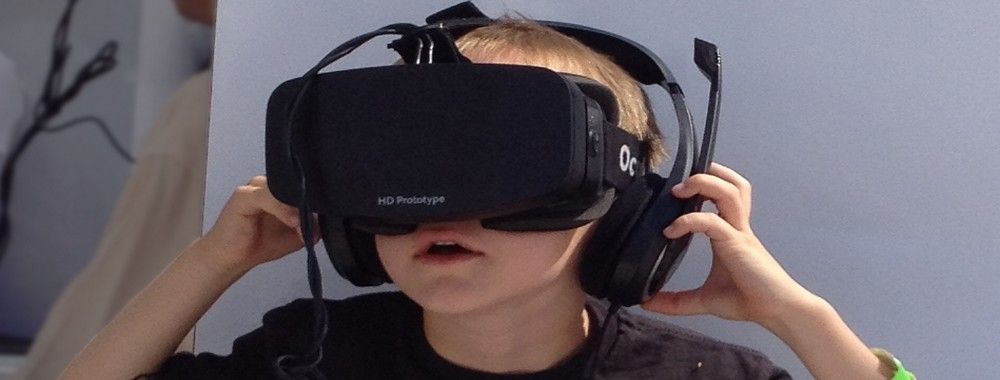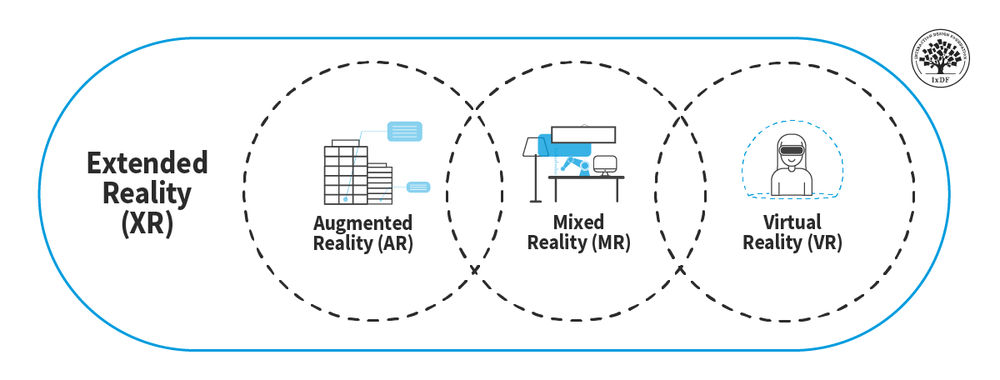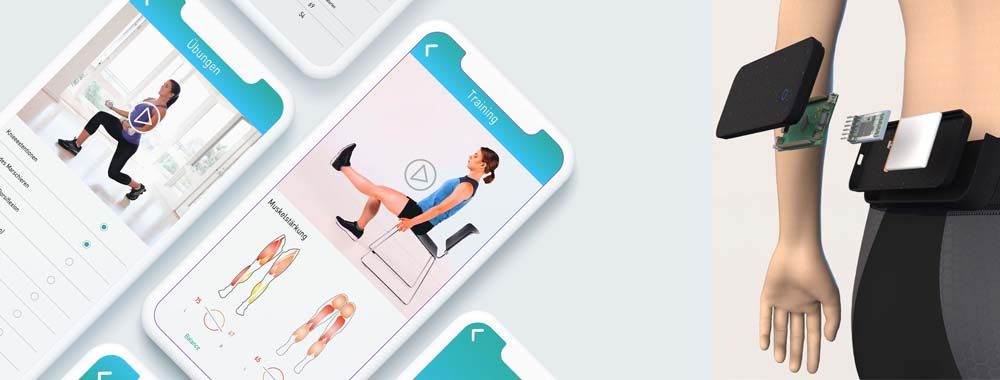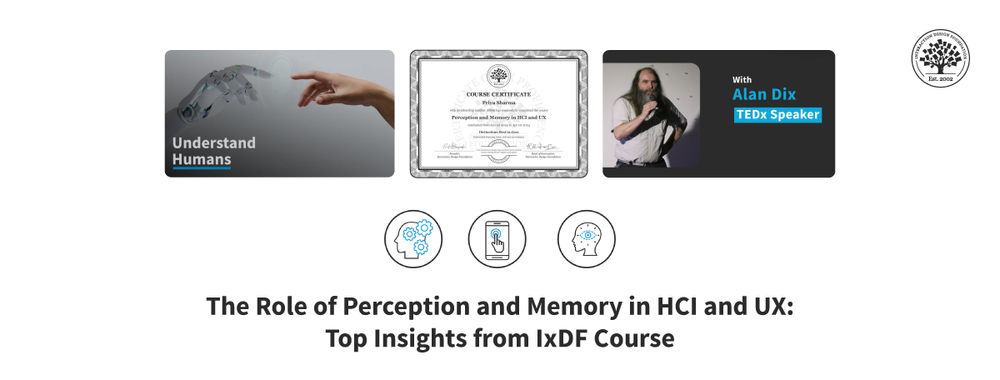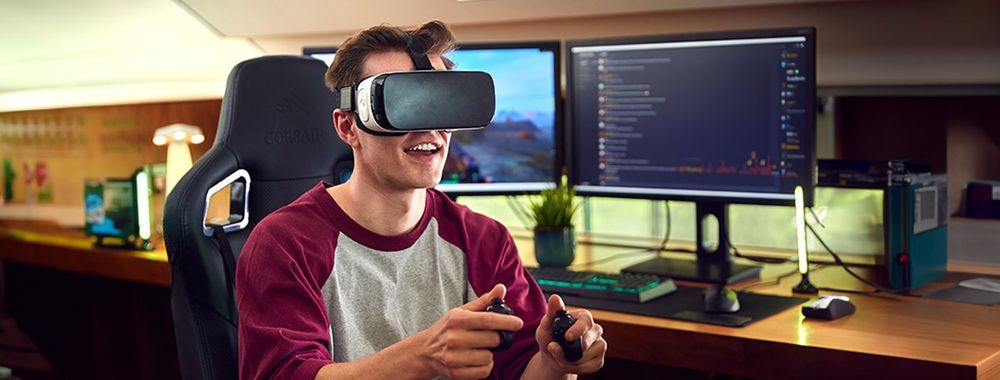Whenever you design something new – be it an interface, service or a product– you should start with a plan for what you want the user’s experience to be like. Having a clear goal for what you want the user to feel and achieve during the interaction will help guide you through the myriad of different decisions you need to make during the design process and ensure that your end design is truly relevant for your customers. When you’re designing in an area that’s familiar to you, you usually have a good idea of what factors you need to consider in your experience plan, based on your own experience from past products. But when you move into completely new areas, such as designing for augmented or virtual reality, it’s harder to know what to consider – all of a sudden, you’re in uncharted territory! That’s one of the reasons that working in new areas is exhilarating and daunting. We want to help you get started so, in this video we present the primary experience factors you need to consider when designing virtual or augmented reality experiences.
Show
Hide
video transcript
- Transcript loading…
The Takeaway
When you design virtual or augmented reality experiences, a vital point is that you specify who your users are, what their goals are and what they should achieve from the experience. For virtual and augmented experiences, it’s also crucial that you know what the narrative of your experience will be and what your technological boundaries are. You may find using Google Ventures’ HEART framework helpful as a way to concretely define what your experience should consist of and which metrics you can use to measure it, so you can then evaluate whether you have reached your goal or not.
References and Where to Learn More
You can find the HEART Framework Original Research here: Measuring the User Experience on a Large Scale: User-Centered Metrics for Web Applications
Hero Image: Copyright holder: Skydeas. Copyright terms and license: CC BY 3.0
